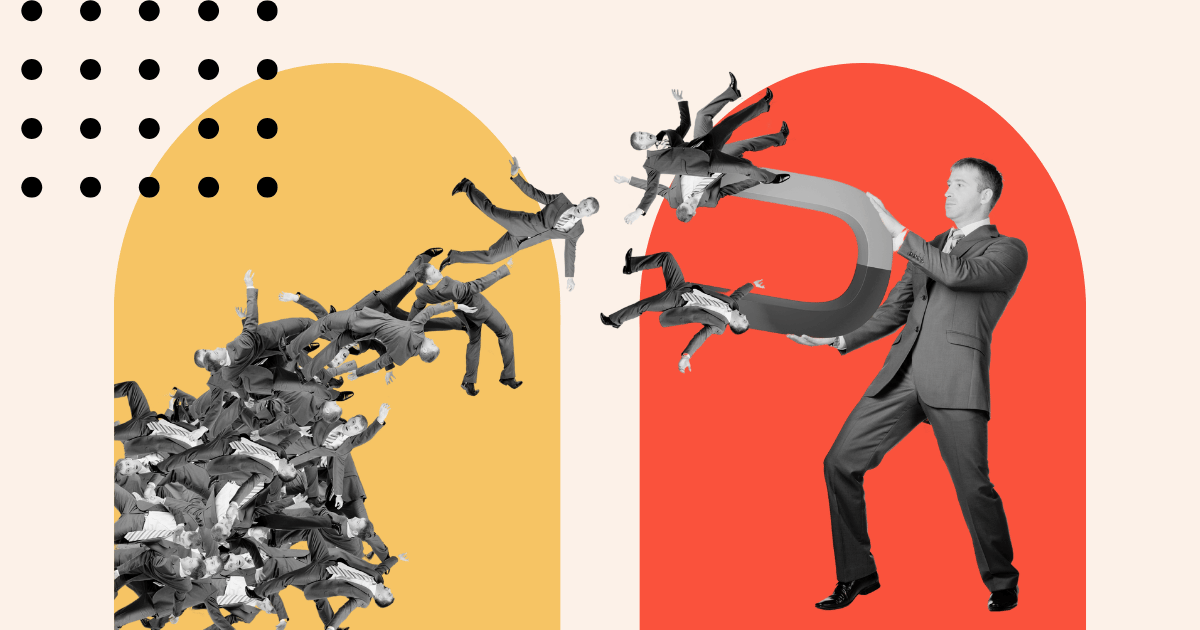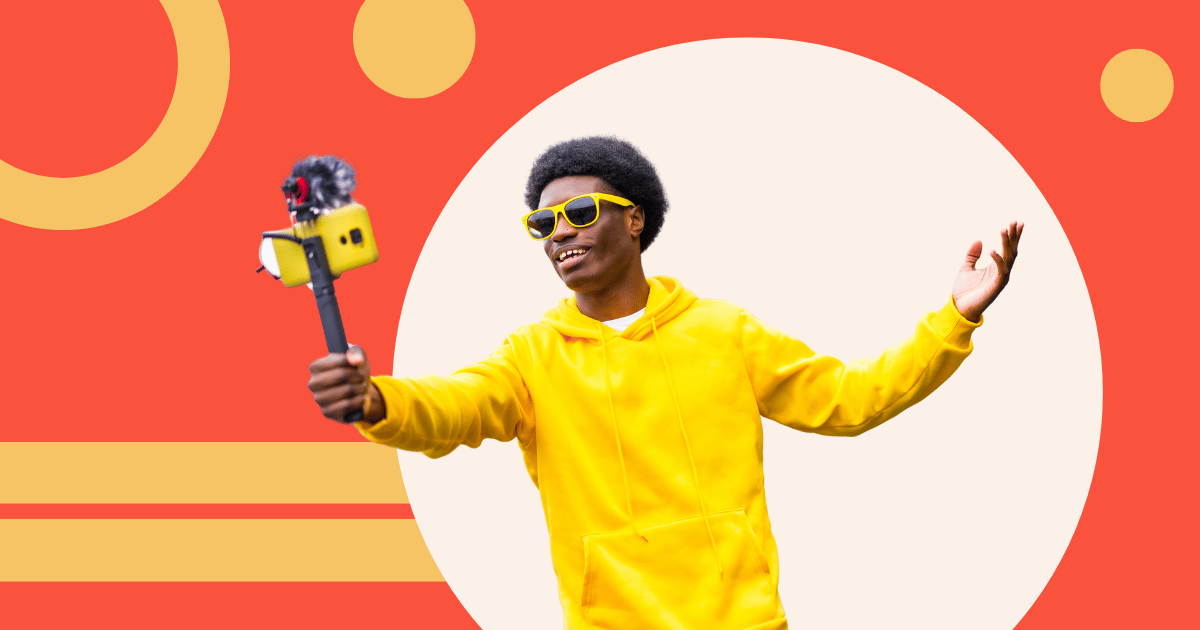What Is the Buyer’s Journey?
The Buyer’s Journey is the step-by-step process a potential customer goes through before making a purchase. From the moment they become aware of a problem, to the point where they choose a solution (hopefully yours), they’re moving through defined mental stages.
Understanding this journey allows you to deliver the right message, at the right time, to the right person — massively increasing your chances of converting leads into paying customers.
The 3 Stages of the Buyer’s Journey
The Buyer’s Journey can be broken down into three primary stages:
1. Awareness Stage
-
What’s happening: The prospect realizes they have a problem or an opportunity they want to explore.
-
Mindset: “Something isn’t working” or “There must be a better way.”
-
Goal: Educate and build trust — not sell.
Example:
Imagine a small business owner notices their website isn’t bringing in leads. At this point, they might Google:
“Why isn’t my website generating leads?”
They’re not looking for a solution yet — they’re trying to understand the problem.
2. Consideration Stage
-
What’s happening: The buyer has clearly defined their problem and is now researching solutions.
-
Mindset: “What options are out there to solve this?”
-
Goal: Help them compare solutions and position your offer.
Example:
Now that the business owner understands their website lacks proper conversion design, they start searching for:
“Best website redesign agencies for lead generation”
They may compare DIY builders, freelancers, and expert agencies.
3. Decision Stage
-
What’s happening: The buyer is ready to make a choice.
-
Mindset: “Who do I trust to help me?”
-
Goal: Remove objections, show proof, and close.
Example:
The buyer narrows down to two agencies. They visit your testimonials page, watch a case study video, and book a discovery call.
Why the Buyer’s Journey Matters for Your Sales and Marketing
If you treat every lead the same, you’re guaranteed to lose deals. Someone in the Awareness Stage doesn’t want your pricing — they want clarity. Someone in the Decision Stage doesn’t want a blog post — they want proof.
Benefits of mapping the buyer journey:
-
Better content strategy that attracts qualified leads
-
More effective email sequences and retargeting ads
-
Higher conversion rates on your sales calls and proposals
-
Improved customer experience from first touch to closed deal
How to Use the Buyer’s Journey in Your Business
✅ Step 1: Map Your Customer Journey
Create a customer journey map tailored to your ideal client. Ask:
-
What are they Googling at each stage?
-
What do they believe right now?
-
What would move them forward?
✅ Step 2: Align Content to Each Stage
| Stage | Content Type | Example |
|---|---|---|
| Awareness | Blog posts, social content, checklists | “5 Reasons Your Website Isn’t Generating Leads” |
| Consideration | Comparison guides, webinars, how-to videos | “DIY vs. Hiring a Web Agency” |
| Decision | Case studies, testimonials, ROI calculators | “How We Helped X Business 10x Their Leads” |
✅ Step 3: Qualify Leads by Stage
Use forms, lead magnets, or CRM tags to segment your leads by their stage in the journey. A common approach is to ask qualifying questions like:
-
“What’s your #1 marketing challenge right now?”
-
“Have you tried anything to solve this before?”
Common Mistakes When Using the Buyer’s Journey
Pitching too early
Trying to sell during the Awareness Stage pushes people away.
Using one-size-fits-all messaging
Generic emails, content, or DMs land flat if they’re not personalized to the stage.
Ignoring post-sale stages
The journey doesn’t end at the sale. Delight leads to referrals.
Pro Tip: Use the Buyer’s Journey in Your Sales Process
If you run a sales team or you're a solo founder, map your entire sales cadence to the journey:
-
Awareness: Soft, helpful DMs and value content
-
Consideration: Invite to a webinar or strategy session
-
Decision: Follow-up with a case study and a FitCall
This buyer-aligned cadence is at the heart of the ClientOS™ system, which helps service businesses build predictable pipelines that convert without pressure or pushiness.
Final Thoughts
The buyer’s journey is not a theory — it’s a reality. Every potential client is already going through it. Your job is to guide them smoothly from awareness to decision.
When you align your messaging and outreach with where the buyer is in their journey, everything becomes easier:
-
Your content hits harder.
-
Your sales calls convert higher.
-
Your marketing ROI improves dramatically.
Don’t sell to everyone. Serve the right person, at the right time, in the right way.


